Dinner
![When you make creamy spinach turkey meatballs, you need a few key ingredients. Each brings flavor and texture to the dish. Here’s what you will need: - Ground Turkey - Fresh Spinach - Breadcrumbs - Parmesan Cheese - Egg - Garlic - Dried Oregano - Olive Oil - Heavy Cream - Nutmeg - Cream Cheese - Salt and Pepper These ingredients create a rich, savory taste. The ground turkey is lean and healthy, while the fresh spinach adds a nice pop of color and nutrients. Breadcrumbs help bind the meatballs, giving them a perfect texture. Parmesan cheese adds a salty, nutty flavor. The egg acts as a binder too, keeping everything together. Garlic and dried oregano bring in aromatic notes, making every bite tasty. For the sauce, heavy cream and cream cheese create that luscious, creamy texture. A hint of nutmeg adds warmth and depth. You can also add a few garnishes to make your dish even better. Consider using: - Additional Parmesan Cheese - Fresh Spinach These optional garnishes enhance the presentation and add extra flavor. The creamy spinach turkey meatballs are great for dinner or a cozy meal. For the complete recipe, check out the [Full Recipe]. - Preheat the Oven First, set your oven to 400°F (200°C). This heat gives the meatballs a nice, golden finish. - Prepare the Meatball Mixture In a large bowl, mix 1 pound of ground turkey with 1 cup of finely chopped spinach, 1/2 cup breadcrumbs, and 1/4 cup grated Parmesan cheese. Add 1 large egg, 3 minced garlic cloves, and 1 teaspoon dried oregano. Season with salt and pepper. Blend everything until it is well combined. - Shape the Meatballs Now, shape the mixture into balls about 1.5 inches wide. Place them neatly on a baking sheet lined with parchment paper. - Bake the Meatballs Put the baking sheet in the oven. Bake for 20-25 minutes until the meatballs turn golden brown and are fully cooked. - Prepare the Creamy Sauce While the meatballs bake, grab a skillet and heat 1 tablespoon of olive oil over medium heat. Pour in 1 cup of heavy cream. Let it warm up gently. Stir in 1/2 teaspoon of nutmeg and 1/2 cup of softened cream cheese until smooth. - Combine Meatballs with Sauce Once the meatballs are ready, transfer them into the skillet with the creamy sauce. Toss the meatballs gently to coat them evenly. Enjoy your creamy spinach turkey meatballs warm! For the complete recipe, refer to the Full Recipe. Proper Cream Cheese Incorporation To make your sauce creamy, mix the cream cheese well. Start by softening it at room temperature. This step helps it blend easily. If you skip this, you may end up with lumps. Use a whisk to help combine it with the heavy cream. Stir until smooth and creamy. Temperature Control Warm your heavy cream gently. If the cream is too hot, it can curdle when you add cream cheese. Heat it over medium heat and stir often. You want it warm but not boiling. This careful heating helps keep the sauce smooth. Ensuring Even Cooking To cook meatballs evenly, keep them the same size. Aim for about 1.5 inches in diameter. This size helps them bake at the same rate. Place them on a lined baking sheet with space between each meatball. This way, they get nice and brown all around. Avoiding Dry Meatballs To keep your meatballs moist, do not over-bake them. Check for doneness at 20 minutes. If they are golden brown and firm to the touch, they are ready. You can also add a little more cream or cheese to the mixture for extra moisture. This trick helps keep them juicy and tasty. For the full recipe, check out the complete guide. {{image_2}} You can switch up the meat in this recipe. Using ground chicken or beef works well. Ground chicken keeps it light, while beef adds a heartier flavor. Just make sure to adjust cooking times as needed. For cheese, you can try alternatives like feta or mozzarella. Feta gives a tangy kick. Mozzarella melts beautifully for a rich texture. Both options will create a tasty twist on the classic creamy sauce. These meatballs shine when served with pasta. Toss them with your favorite noodles and creamy sauce. This combo adds comfort and bold flavors to your meal. For side dishes, consider a fresh salad or roasted veggies. A simple green salad adds crunch and brightness. Roasted veggies bring out sweetness and pairs well with the creamy meatballs. You can even mix and match these sides to suit your taste. Explore the [Full Recipe] for a delightful cooking experience and more ideas! - Storing Leftovers: Place leftover creamy spinach turkey meatballs in an airtight container. They stay fresh for up to three days in the fridge. Make sure to cool them down before sealing the container. This helps keep the meatballs moist and tasty. - Best Practices for Freshness: To keep the flavors strong, add the creamy sauce only when serving. If you mix in the sauce before storing, the meatballs may lose some texture. You can also store the sauce separately for a better taste later. - Freezing Meatballs: To freeze the meatballs, let them cool completely first. Then, place them on a baking sheet in a single layer. Freeze them for about an hour. Once frozen, transfer the meatballs to a freezer bag. They last up to three months. - Reheating Tips: To reheat, you can bake them at 350°F (175°C) until hot, about 15-20 minutes. If you prefer, you can also thaw them in the fridge overnight. After thawing, warm them in a skillet with some sauce for the best flavor. For the full recipe, check out the details on making these delicious meatballs! How long do meatballs last in the fridge? Meatballs can last about three to four days in the fridge. Store them in an airtight container to keep them fresh. If you want to keep them longer, consider freezing them. Can I make these meatballs gluten-free? Yes! To make these meatballs gluten-free, use gluten-free breadcrumbs. Many stores sell these, or you can make your own by grinding gluten-free bread. What can I serve with creamy spinach turkey meatballs? These meatballs pair well with many sides. You can serve them over pasta, rice, or even a bed of greens. Add a simple salad or steamed veggies for more color and nutrients. How do I know when the meatballs are done? You can check if the meatballs are done by using a meat thermometer. They should reach an internal temperature of 165°F (74°C). Another way is to cut one open. It should be no longer pink inside. Can I prepare the meatball mixture ahead of time? Absolutely! You can mix the meatball ingredients a day in advance. Just cover the bowl with plastic wrap and keep it in the fridge. This makes for quick cooking when you're ready to bake. This blog covered how to make creamy spinach turkey meatballs. We highlighted key ingredients like ground turkey, cheese, and garlic. You learned preparation steps and cooking tips to achieve a perfect, creamy texture. Don't forget to try variations like ground chicken or different cheeses. Store leftovers properly for later or freeze them for another day. With these tips, making meatballs can be easy and fun. Enjoying this dish will surely make meal time better!](https://toastedrecipes.com/wp-content/uploads/2025/07/dee3a9c7-d70b-4f8e-82cd-f17b7bc6e7f6.webp)
Creamy Spinach Turkey Meatballs Savory and Satisfying
If you’re craving a dish that’s flavorful and healthy, you’re in the right place! These Creamy Spinach Turkey Meatballs blend lean protein with fresh spinach
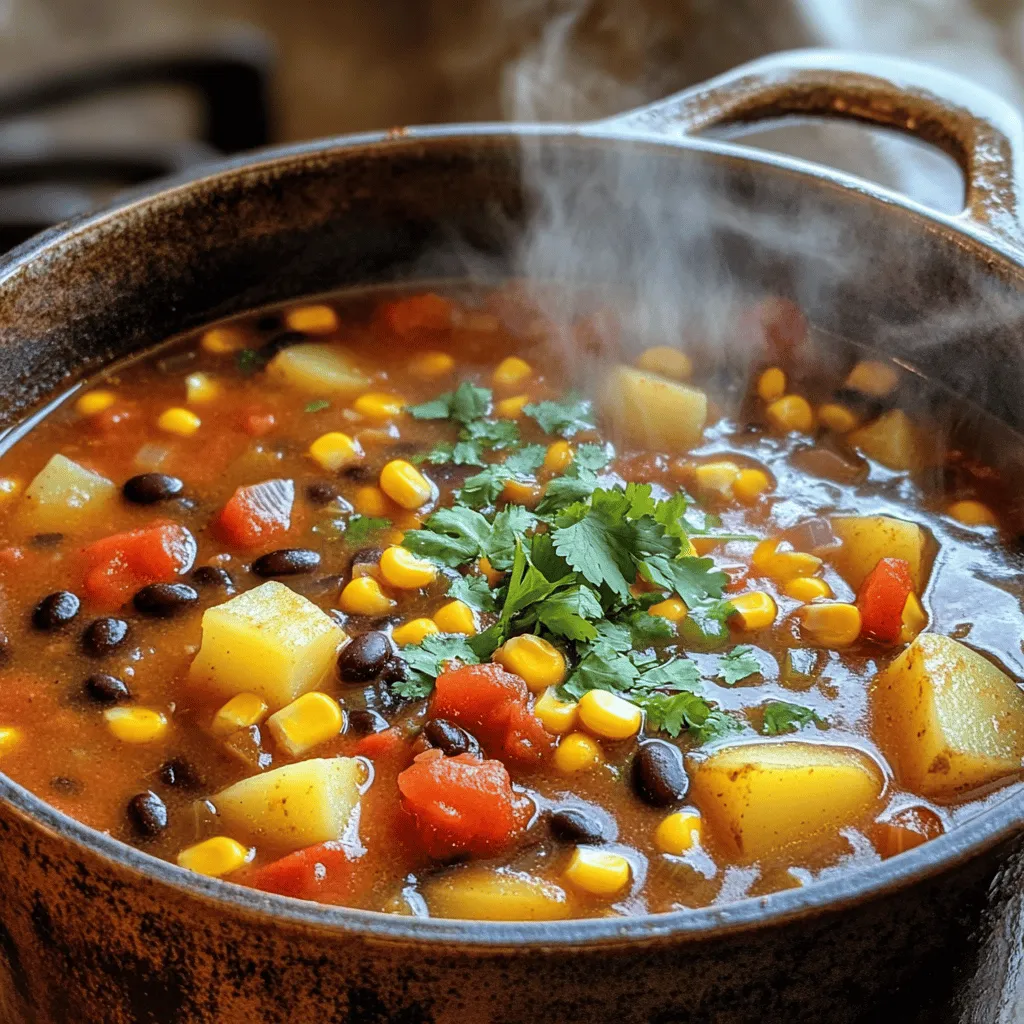
Cowboy Stew Hearty Meal for Gathering Family Together
If you’re seeking a warm, hearty dish to bring your family together, look no further than Cowboy Stew! Packed with rich flavors and wholesome ingredients,
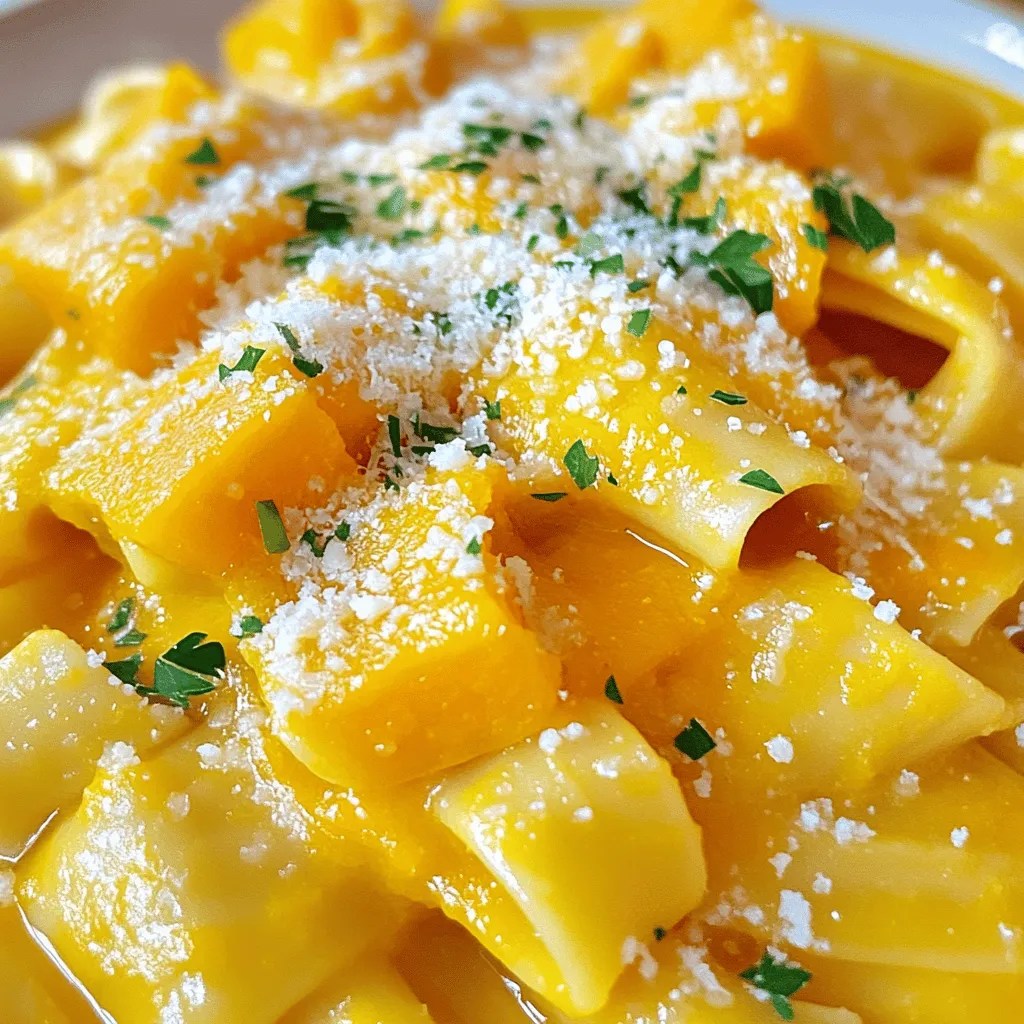
Butternut Squash Pasta Sauce Simple and Flavorful Meal
If you’re looking for a tasty and easy meal, try butternut squash pasta sauce. This creamy, flavorful sauce will impress anyone at your table. Using
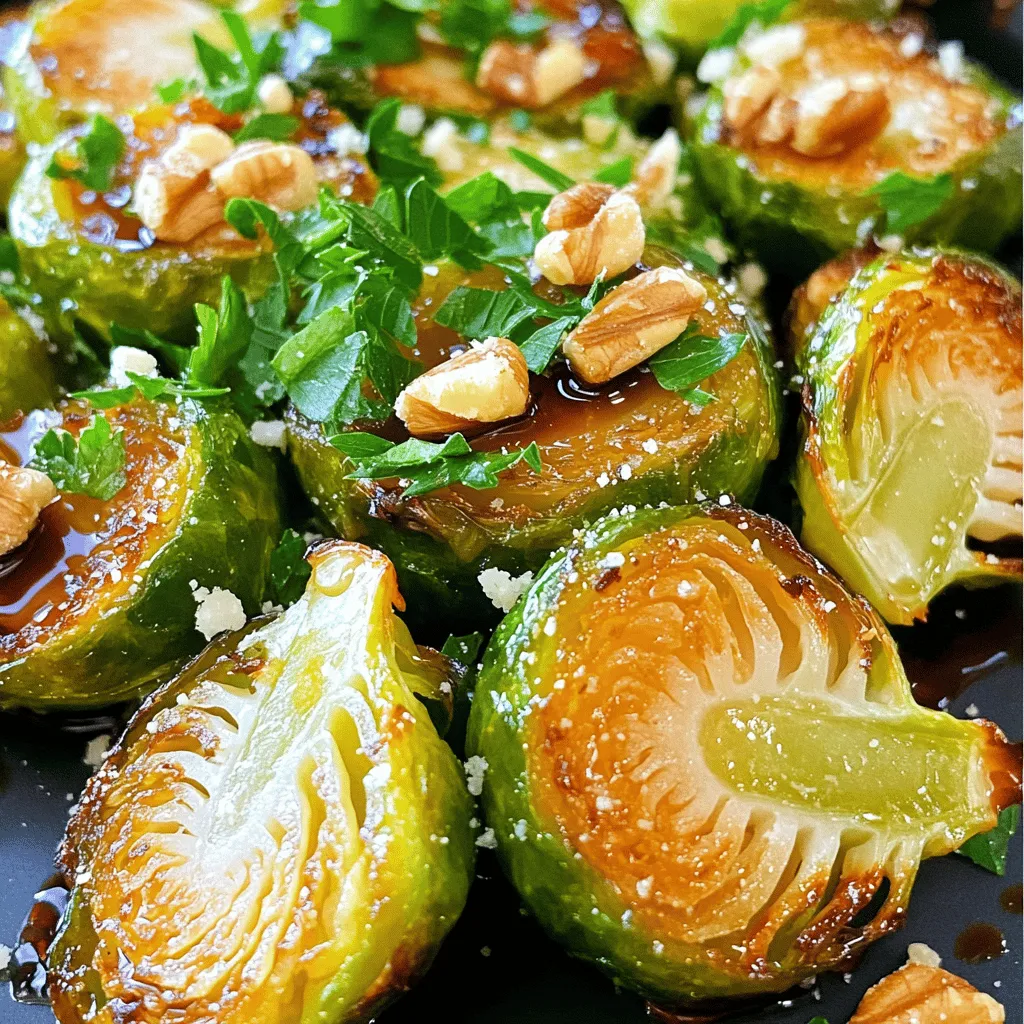
Perfect Roasted Brussels Sprouts Simple and Delicious Recipe
Do you want to elevate your vegetable game? Perfectly roasted Brussels sprouts are your answer! In this simple and delicious recipe, I’ll show you how
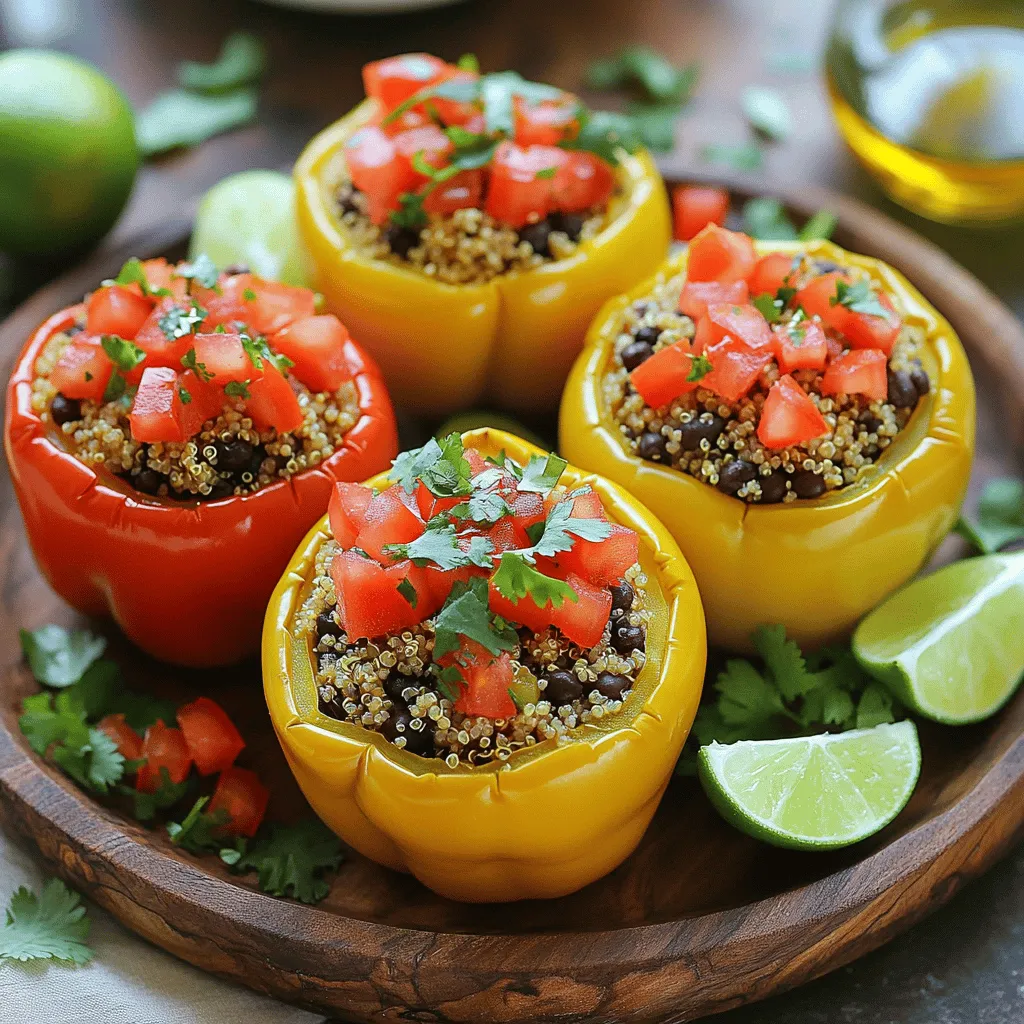
Slow-Cooker Flat Belly Foods for Easy Meal Prep
Are you ready to simplify your meal prep and boost your health? Slow-cooker flat belly foods can help you enjoy tasty meals while keeping belly
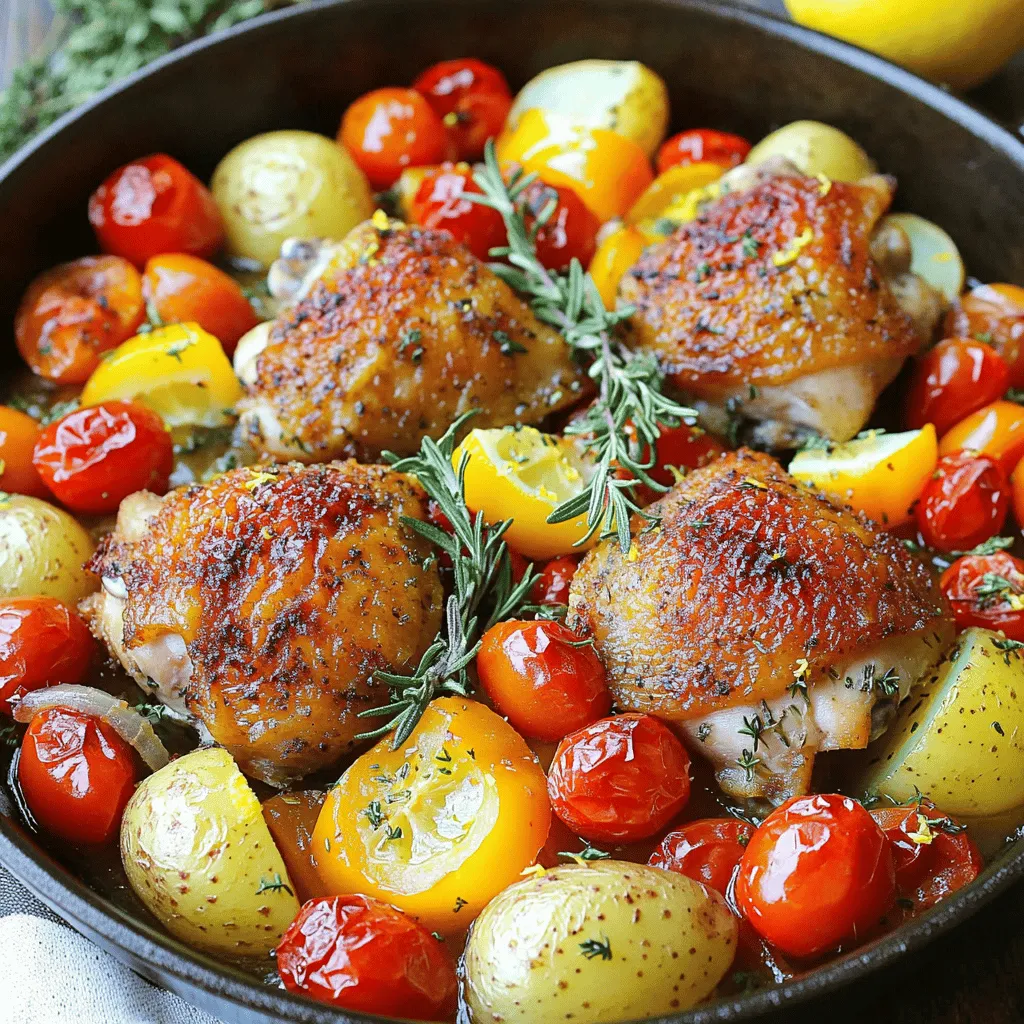
One-Pan Chicken Dinner Quick and Tasty Recipe
Looking for a quick and tasty meal? I’ve got the perfect solution: a One-Pan Chicken Dinner! This simple recipe saves time without sacrificing flavor. You
. Gather your ingredients, and let’s get cooking! Start by deciding if you want to sear the chicken. Searing adds great taste. In a skillet, heat olive oil over medium heat. Cook the chicken for 3 to 4 minutes on each side until it is lightly brown. If you are short on time, you can skip this step. Next, place the chicken in the bottom of the crockpot. Add the uncooked brown rice evenly over the chicken. Then, layer the broccoli florets on top of the rice. This order helps all the flavors mix well. Now it’s time to make the broth. In a bowl, combine 4 cups of chicken broth with 1 teaspoon of garlic powder and 1 teaspoon of onion powder. Add salt and pepper to taste. Stir the mixture well to blend the flavors. Pour this broth mix over the chicken, rice, and broccoli in the crockpot. This will soak into the rice as it cooks. Set your crockpot to cook on low for 4 to 6 hours or on high for 2 to 3 hours. The chicken should be cooked through, and the rice will be tender. When done, take the chicken out and shred it with two forks. Return the shredded chicken to the pot. Stir in the cream cheese and 1 cup of shredded cheddar cheese. Mix it all until it becomes creamy and well combined. Taste and adjust the seasoning with salt and pepper as needed. Enjoy your delicious cheesy chicken broccoli rice! For the complete recipe, check out the Full Recipe section. Searing the chicken adds rich flavor. It creates a nice crust that locks in juices. If you’re in a hurry, you can skip this step. The dish will still taste great without it. After cooking, always taste the dish. You might want to add more salt or pepper. Adjusting the seasoning makes a big difference. This cheesy chicken broccoli rice pairs well with simple sides. A fresh salad is a great choice. You can also serve it with crusty bread for dipping. For presentation, use a colorful bowl. A sprinkle of cheese and fresh parsley adds flair. A lovely plate makes the meal feel even more special. {{image_2}} You can easily change this dish by swapping out some ingredients. - Using different cheeses: Try mozzarella for a milder taste, or pepper jack for some heat. Each cheese gives a new twist to the dish. - Substituting brown rice with white rice or quinoa: White rice cooks faster than brown rice. Quinoa adds a nutty flavor and boosts protein. Both options work well in this recipe. Want to add more nutrition and flavor? Toss in some extra veggies! - Bell peppers: These add sweetness and crunch. Chop them up and mix them in with the broccoli. - Carrots: Slice them thin and add them for a pop of color and earthiness. They also soften nicely in the crockpot. These swaps and extras can make your meal unique every time you make it. For more detailed instructions, check out the Full Recipe. To keep your Crockpot Cheesy Chicken Broccoli Rice fresh, follow these steps: - Cool Down: Let the dish cool to room temperature first. - Use Airtight Containers: Store leftovers in airtight containers. This keeps moisture in and air out. - Refrigerate: Place the containers in the fridge. Enjoy leftovers within 3 to 4 days. - Freezing: You can freeze leftovers too. Use freezer-safe containers or bags. They last for up to 3 months. When it’s time to enjoy your leftovers, here’s how to reheat them: - Microwave: Place a serving in a microwave-safe bowl. Cover with a lid or microwave-safe wrap. Heat on medium power for 2-3 minutes, stirring halfway through. - Stovetop: Heat in a skillet over medium heat. Add a splash of water or broth to help it warm up nicely. Stir until heated through. These methods keep the dish creamy and cheesy, just like when you first made it. For more tips, check out the Full Recipe! Yes, you can use frozen chicken. Just add about an hour to the cooking time. If you use frozen chicken, it will cook well in the crockpot. Make sure to check if it is fully cooked before serving. Always aim for an internal temperature of 165°F. This way, you can enjoy a safe and tasty meal. To make this dish low-carb, swap the brown rice for cauliflower rice. Cauliflower rice is a great substitute. It has fewer carbs and still adds texture. You can also cut back on the cream cheese for a lighter option. This change keeps the dish creamy while lowering the carbs. If you want to substitute cream cheese, try sour cream or Greek yogurt. Both give a creamy texture. You can also use ricotta cheese for a different flavor. These options keep the dish delicious and rich. Make sure to use the same amount to keep the balance right. This blog post covers a hearty and tasty Crockpot Cheesy Chicken Broccoli Rice dish. We explored the main and additional ingredients that make it shine. You learned how to prepare, cook, and serve it perfectly. Plus, we shared tips to enhance flavor and texture. Remember, you can customize this dish to fit your taste with different cheeses or veggies. I hope you feel inspired to try this simple recipe. Enjoy your cooking journey and savor every bite.](https://toastedrecipes.com/wp-content/uploads/2025/07/f3d8e026-cea8-47d0-bef6-d6b03e82f576.webp)
Crockpot Cheesy Chicken Broccoli Rice Simple Delight
Welcome to your new favorite dish: Crockpot Cheesy Chicken Broccoli Rice! This simple delight combines tender chicken, rich cheese, and healthy broccoli in one easy
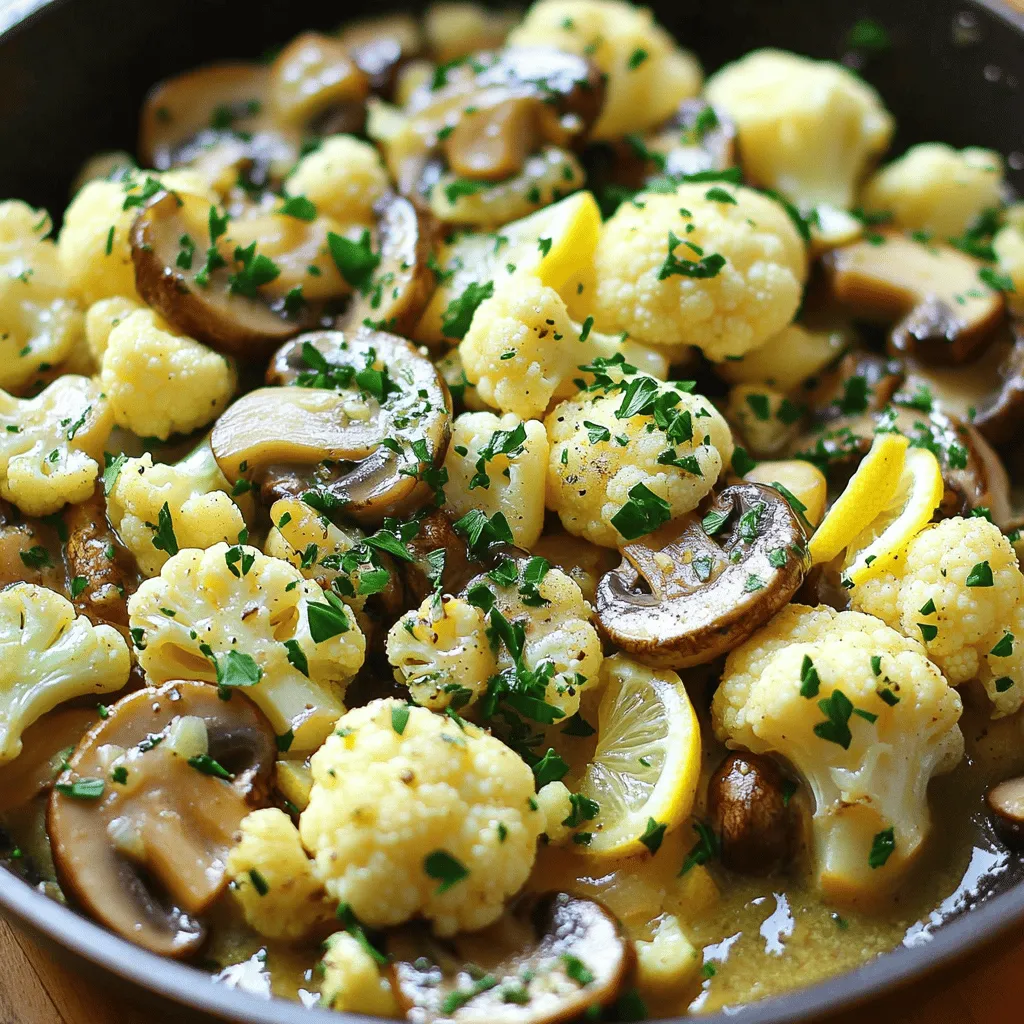
Savory Garlic Cauliflower and Mushroom Skillet Delight
Are you ready to elevate your veggie game? This Savory Garlic Cauliflower and Mushroom Skillet Delight is a simple yet flavorful dish that will make
![- 1 lb beef sirloin (cut into bite-sized cubes) - 1 lb baby potatoes (halved or quartered) - 4 tablespoons unsalted butter - 4 cloves garlic (minced) - 2 tablespoons fresh rosemary (or 1 tablespoon dried) - 1 teaspoon smoked paprika - Salt and pepper to taste - Fresh parsley for garnish Gather these ingredients to create a tasty dish. The beef sirloin gives a rich flavor. Baby potatoes add a nice texture. Butter brings everything together with creaminess. The garlic is key for that punch of flavor. Fresh rosemary makes the dish smell amazing. Smoked paprika adds depth and warmth. Don’t forget salt and pepper; they enhance every bite. Finally, fresh parsley is perfect for brightening up your plate. For the full recipe, you can check the section above. Now, let’s get cooking! Set the temperature to 400°F (200°C). This gets the oven ready for roasting. Toss the baby potatoes with butter, smoked paprika, salt, and pepper. Make sure every potato is coated well for great flavor. Place the potatoes in the oven for about 20 minutes. They should be golden and tender. Toss them halfway through for even cooking. While the potatoes roast, season the beef cubes with salt and pepper. This step adds a nice flavor to the beef. Melt the remaining butter in a skillet over medium-high heat. Add minced garlic and sauté it for about 30 seconds until it smells amazing. Raise the heat to high and add the seasoned beef cubes. Sear the beef in the skillet until it's browned on all sides. This takes about 3 to 4 minutes. Once the potatoes are done, mix them with the beef and fresh rosemary. Toss everything gently to combine. Lastly, finish the dish with fresh chopped parsley before serving. This adds a nice touch and makes the dish look appealing. For the full recipe, check [Full Recipe]. Use sirloin for optimal tenderness. Sirloin offers a nice balance of flavor and softness. It cooks well and stays juicy, making it perfect for this dish. Look for bright red meat with good marbling. This marbling adds flavor to your beef bites. Make sure to cut the beef into bite-sized cubes. This ensures even cooking and easy eating. Ensure even cooking by tossing potatoes halfway through roasting. Start by coating the baby potatoes with butter, salt, and spices. This adds flavor and crispiness. Spread them out on a baking sheet. When you toss them after ten minutes, it helps them cook uniformly. This small step makes a big difference in taste and texture. Experiment with different herbs or spices to make this dish your own. Rosemary gives a wonderful aroma, but you can try thyme or basil too. If you want some heat, add red pepper flakes. You can also swap out garlic for shallots for a different taste. Don't hesitate to play with flavors—cooking should be fun and personal! {{image_2}} You can boost the flavor by adding vegetables. Bell peppers and onions work well. Slice them thin and toss them with the beef. They will roast nicely and add great taste. If you like heat, try chili flakes. Add them while cooking the beef. Start with a pinch and adjust to your taste. This will give your dish a nice kick. You can switch herbs for new flavors. Use thyme or basil in place of rosemary. Each herb brings its own unique taste. Experiment to find your favorite! Store leftovers in an airtight container for up to 3 days. This keeps the beef bites and potatoes fresh. If you plan to eat them later, cool them first before sealing. This way, the taste remains great. You can easily reheat your meal. Use a microwave for quick warming. Alternatively, sauté the beef and potatoes on the stove. Heat them until warm. This method helps retain their flavor and texture. Want to save some for later? Freeze the beef bites and potatoes before cooking. Place them in a freezer-safe bag. When you're ready, thaw them overnight in the fridge. Then, cook as per the full recipe. This way, you can enjoy this dish anytime! Yes, other beef cuts like ribeye can be used. Each cut brings a unique flavor and texture. For a tender bite, choose cuts with good marbling. Pair with a salad or fresh bread. A crisp green salad adds freshness. Fresh bread soaks up the tasty garlic butter sauce. Total time is approximately 30 minutes. You will spend about 10 minutes prepping and 20 minutes cooking. This quick meal is perfect for busy nights. Yes, it can be made ahead and stored. Just refrigerate it in an airtight container. Reheat it when you're ready to enjoy it again. For the full recipe, be sure to check out the detailed steps. This recipe for Garlic Butter Beef Bites and Baby Potatoes is simple and tasty. You start by roasting the potatoes, then sautéing the beef with garlic and herbs. Remember, you can mix in other veggies or spices to change the flavors. Store any leftovers well for more meals later. This dish is perfect for any night and takes about 30 minutes to make. Enjoy your cooking adventure!](https://toastedrecipes.com/wp-content/uploads/2025/07/dfea15ba-38fc-4090-be30-0bd3ceb562e6.webp)
Garlic Butter Beef Bites & Potatoes Savory Delight
Get ready to savor a mouthwatering dish that’s easy and fun to make! In just 30 minutes, you can whip up Garlic Butter Beef Bites
![- 1 lb ground beef - 1/2 lb ground turkey - 1/2 cup breadcrumbs - 1/4 cup grated Parmesan cheese - 1 large egg - 2 tablespoons Worcestershire sauce - 1 teaspoon garlic powder - 1 teaspoon onion powder - Salt and pepper to taste For the meatballs, I love using a mix of ground beef and turkey. This blend gives great flavor and keeps the meatballs juicy. Breadcrumbs and Parmesan cheese help bind the mixture while adding a nice taste. The Worcestershire sauce gives a savory kick. I also add garlic and onion powder for extra flavor. Don't forget salt and pepper to season! - 1 cup beef broth - 1 cup sliced mushrooms - 1 medium onion, sliced - 2 tablespoons ketchup - 1 tablespoon Dijon mustard - 2 tablespoons cornstarch - 2 tablespoons water (for thickening) For the sauce, beef broth is key. It adds depth to the flavor. I like to include sliced mushrooms and onions for texture and taste. Ketchup and Dijon mustard give a sweet and tangy flavor to the sauce. To finish, I use cornstarch and water to thicken the sauce. This ensures the sauce coats the meatballs perfectly. For the full recipe, you can find all the steps to create this tasty dish! To start, I mix the meatball ingredients. In a large bowl, combine: - 1 lb ground beef - 1/2 lb ground turkey - 1/2 cup breadcrumbs - 1/4 cup grated Parmesan cheese - 1 large egg - 2 tablespoons Worcestershire sauce - 1 teaspoon garlic powder - 1 teaspoon onion powder - Salt and pepper to taste I blend these together until they form a uniform mixture. This step is crucial for flavor and texture. Next, I shape the mixture into meatballs about 1 inch in diameter. I find that rolling them gently helps keep them firm. Once shaped, I set them aside on a plate. Now, it's time to layer the ingredients in the slow cooker. First, I add sliced onions and mushrooms to the bottom. Then, I pour in 1 cup of beef broth, 2 tablespoons ketchup, and 1 tablespoon Dijon mustard. I stir this mixture gently to combine the flavors. Next, I carefully place the meatballs on top of the sauce. I avoid stirring at this point; I let the meatballs rest on the sauce to keep their shape. I cover the slow cooker and choose the cooking time. For a low setting, I cook for 6 to 7 hours. If I'm in a hurry, I can set it to high for 3 to 4 hours. Either way, the meatballs become tender and flavorful. As the cooking time ends, I prepare to thicken the sauce. I mix 2 tablespoons of cornstarch with 2 tablespoons of water in a small bowl until smooth. This mix forms a slurry that will help achieve the right thickness. After that, I stir the cornstarch slurry into the slow cooker. I let the slow cooker run for another 15 minutes. This final step transforms the sauce into a rich, creamy delight. Now, the Salisbury steak meatballs are ready to serve! To get the best texture for your meatballs, mix ground beef and turkey. This blend gives a juicy bite while keeping them light. Use equal parts of each meat. This helps create a rich flavor. When mixing, use your hands. It’s quick and effective. Don’t over-mix, or the meatballs can become tough. Aim for a gentle mix until just combined. Adding breadcrumbs helps with texture too. They soak up juices and keep the meatballs moist. To avoid meatball breakage, layer carefully. Place them on top of the sauce. Don’t stir after adding them. This keeps the meatballs intact. Checking for doneness is easy. Use a meat thermometer. Meatballs should reach 165°F. If you don’t have one, cut a meatball in half. It should no longer be pink inside. For sides, serve these meatballs over creamy mashed potatoes or rice. They soak up the savory sauce well. Noodles are another great option. For a fun twist, add fresh parsley on top. It adds color and flavor. You can also try a sprinkle of grated cheese. This adds richness and pairs well with the meatballs. For the full recipe, check the details above. {{image_2}} You can switch meats in this recipe. Ground beef and turkey work great together, but you can use just beef, turkey, or even chicken. Each option provides a unique flavor. If you want a spicy kick, add red pepper flakes or cayenne pepper. Adding vegetables to the meatballs also boosts nutrition. You can mix in finely chopped carrots or spinach. These options add color and taste. You can even toss in some bell peppers for sweetness. If you need a quicker meal, you can make this dish on the stovetop. Brown the meatballs in a skillet first, then add the sauce. Cover and simmer for about 30 minutes. You can also bake the meatballs in the oven. Preheat your oven to 375°F. Place the meatballs on a baking sheet and cook for 20-25 minutes. Then, combine them with the sauce in a pan and let them simmer for flavor. You can make this dish healthier by using leaner meats. Ground chicken or turkey has less fat. Whole grain breadcrumbs also add fiber and nutrients. Look for options that are high in whole grains. For gluten-free options, use gluten-free breadcrumbs. They work well in this recipe and keep the texture nice. You can also use oats as a substitute for breadcrumbs. Just grind them up a bit for a finer texture. For the full recipe, check the detailed instructions above. Enjoy your cooking! After enjoying your slow cooker Salisbury steak meatballs, you may have some leftovers. Here are my best tips for storing them: - Refrigeration: Cool the meatballs and sauce to room temperature before storing. This helps prevent condensation and keeps them fresh. - Containers: Use airtight containers for storage. Glass or BPA-free plastic containers work well. Label them with the date to keep track. If you want to keep your meatballs for later, freezing is a great option. Follow these steps: - Freezing Separately: First, cool the meatballs and sauce. Place the meatballs in one container and the sauce in another. This keeps the texture nice. - Thawing: When ready to eat, thaw in the fridge overnight. For quick thawing, use the microwave on low power. - Reheating Tips: Reheat meatballs in the microwave or on the stove. For the sauce, heat gently on low until warm. Stir to combine both before serving. These storage tips will help you enjoy your delicious meal even after the first round. For the complete recipe, refer to the [Full Recipe]. Yes, you can use frozen meatballs. They save time and work well with the sauce. Just add them to the slow cooker straight from the freezer. Cook on low for 6-7 hours or high for 3-4 hours. The sauce will flavor the meatballs as they cook. This is a great shortcut for busy days. To make this dish dairy-free, skip the Parmesan cheese. You can use nutritional yeast for a cheesy flavor. For the sauce, look for dairy-free broth or use coconut milk instead. These swaps keep the dish tasty without dairy. It’s simple to adjust the recipe for your needs. Salisbury steak meatballs pair well with many sides. Popular options include: - Mashed potatoes - Rice - Egg noodles - Steamed vegetables These sides soak up the rich sauce. You can also add a side salad for a fresh touch. Enjoy these meatballs with your favorite sides for a complete meal. Making Salisbury steak meatballs is simple with the right ingredients and steps. We covered essential components like ground beef, breadcrumbs, and a tasty sauce. You learned how to mix meatballs, layer ingredients in a slow cooker, and thicken the sauce for the best flavor. In the end, you can adapt the recipe with swaps and variations to fit your taste. Remember these tips for perfect meatballs: check for doneness and serve them well. Enjoy your cooking journey!](https://toastedrecipes.com/wp-content/uploads/2025/07/e828394e-dd39-4364-a264-981a0d906be7.webp)
Slow Cooker Salisbury Steak Meatballs Savory Dish
If you’re looking for a hearty, comforting dish, try Slow Cooker Salisbury Steak Meatballs. This recipe combines tender meatballs made from ground beef and turkey